Bringing the Funding Conversation to Life
Last week, our Renaissance Women’s Business Center teamed up with the San Francisco Small Business Development Center (SBDC) and packed Golden Gate University’s School of Law with more than a hundred Bay Area small business owners. Three lender-led panels, an open Q&A, and a buzzing networking break turned access to capital from theory into practice by connecting real business owners with real answers to help them grow.
"The energy in the room was inspiring. From the three dynamic panels featuring lending experts to the resource tables hosted by lenders, entrepreneurs left feeling more informed, empowered, and supported in navigating their funding options.”
Lucero DeLeon, WBC Program Director
Panel discussions were broken up into three back-to-back sessions so attendees could hear directly from every corner of the funding landscape:
- Community lenders explained how relationship-centred micro-loans can get a young business moving.
- CDFIs and mission-driven funds showed how social impact can strengthen an application, even when collateral is thin.
- Regional commercial banks outlined what they need to approve larger, lower-rate loans once revenues and records are solid.
Between sessions, attendees circulated through resource tables, swapped cards with lenders, and compared next steps with peers.
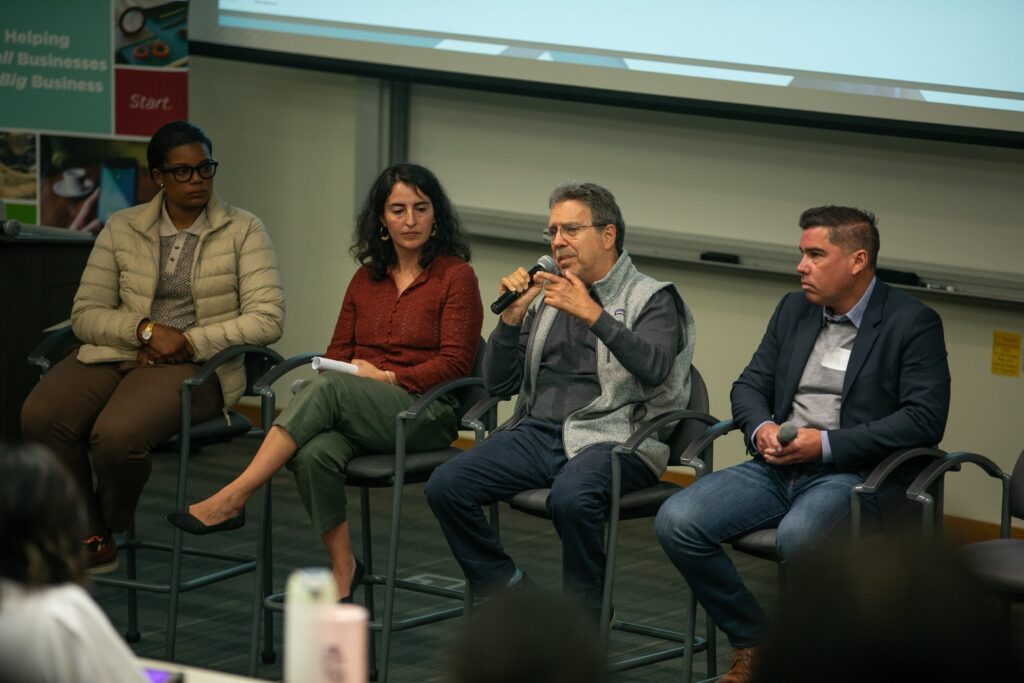
Four Lessons for Loan Readiness
For those who couldn’t attend, we’ve distilled much of the information shared into four key points every small business owner should hear.
- Know your business and prove it!
Before a lender even thinks about rates or terms, they ask themselves a simpler question: A one-page business plan (or tight slide deck) should answer that in two minutes flat. Lay out the problem you solve, the audience that pays for it, the specific way money flows in, and the milestones you expect to hit next. When those pieces sit in one clear, skim-able document, a lender can trace the logic of your growth without flipping pages or decoding jargon, and that early clarity builds trust. - Lead with a precise request.
“Some money for growth” seldom lands well because it forces the lender to guess at everything that matters. Open with a single sentence that states the exact dollar figure, how you will deploy each tranche, and the timeline for paying it back. Specifics show discipline: you have run the numbers, matched the loan size to the project, and already mapped the path to repayment. That precision lets the lender line up the right product—term loan, line of credit, or micro-loan without a volley of follow-up questions. - Be documentation-ready. Even if you are pre-revenue.
Missing paperwork stalls underwriting, but “documentation” doesn’t have to mean years of statements. If your business is still in its early stages, show what you do have: tidy bookkeeping exports, three-to-six months of business-bank activity, any signed invoices or purchase orders, solid (realistic) projections, plus your personal tax returns and a simple net-worth sheet. Save these alongside licenses, incorporation papers, and insurance as PDFs in one shared folder. When an underwriter asks for a follow-up item, you can respond in minutes, not days, and keep the momentum on your side. - Start the relationship long before the application.
The easiest approvals often begin with a simple hello, long before any paperwork is involved. That doesn’t have to mean polished quarterly reports or endless coffee meetings. Drop into a free lender webinar, shake hands at a community fair, or send a short email every few months that says, “Here’s one win, one challenge, and one thing I’m working on next.” If you run a booth at a local market or host a soft-launch pop-up, invite the loan officer. Doing so helps turn your numbers into a story they can see. These low-lift touches move you from stranger to familiar face, so when you finally submit an application, it feels like a continuation of an ongoing conversation, not a cold call.
Looking for Your Next Step?
The day’s message was consistent: clarity beats complexity. Show lenders a solid plan, a specific ask, organized documents, and a relationship that started before deadline day, and you’ll walk into your next loan-readiness conversation on firmer ground. We’re grateful to everyone who joined us. Now, let’s turn these insights into a well-deserved “yes.”
Renaissance offers business-planning classes, one-to-one coaching, mentor matching, marketing and finance workshops, and pitch practice. Whether you’re polishing an idea, tightening operations, or preparing to raise capital, our programs give you the skills, network, and confidence to move forward.
Click here to get started today!

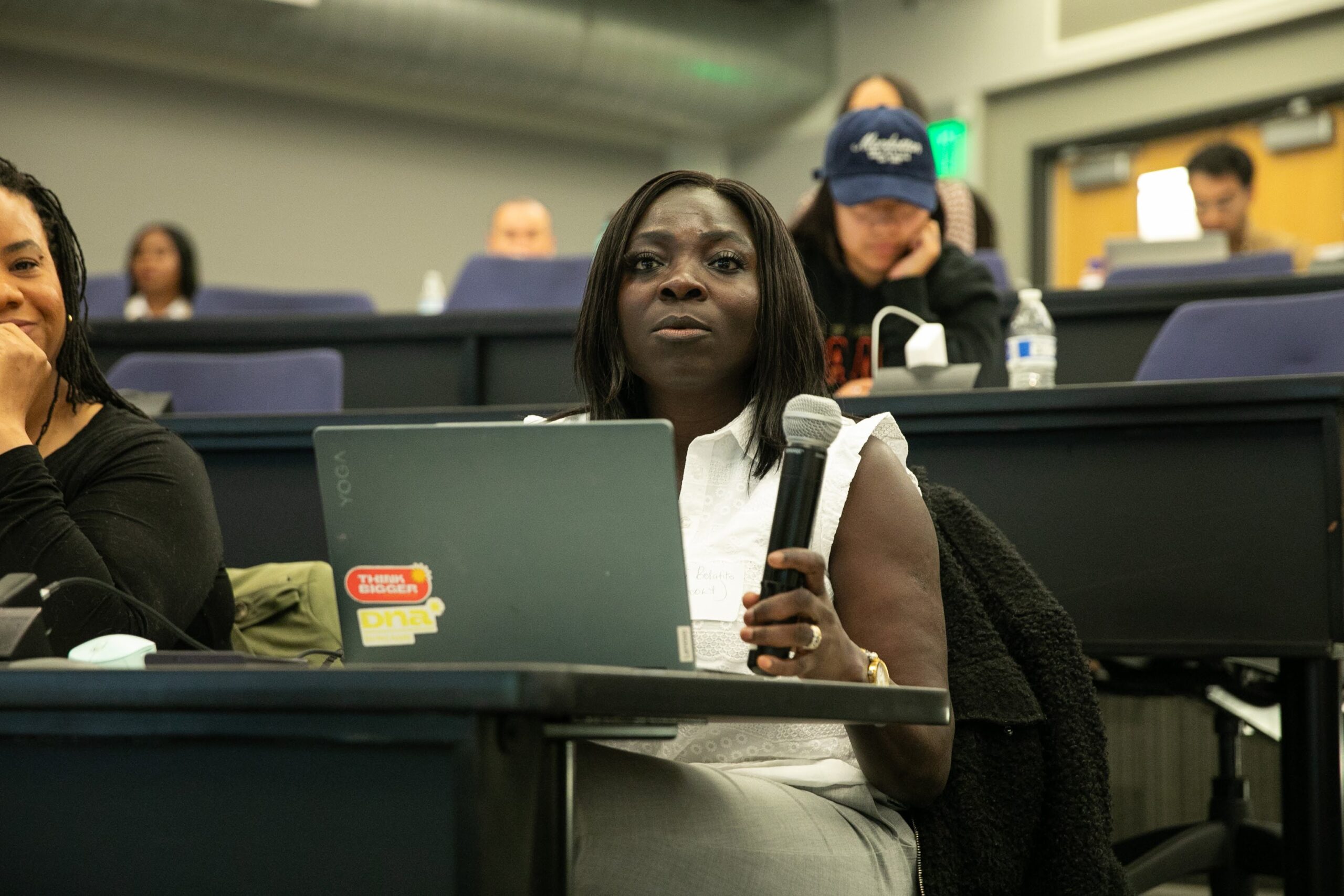
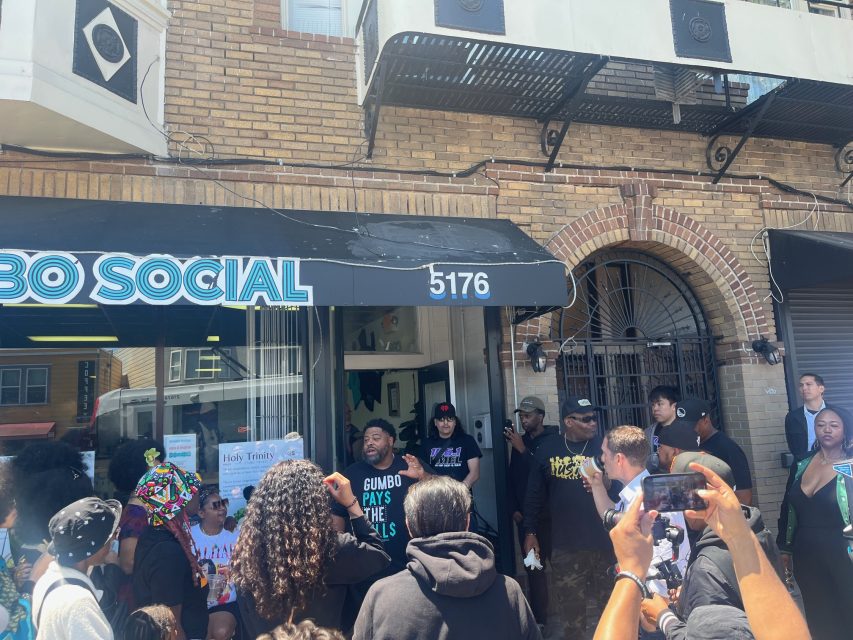

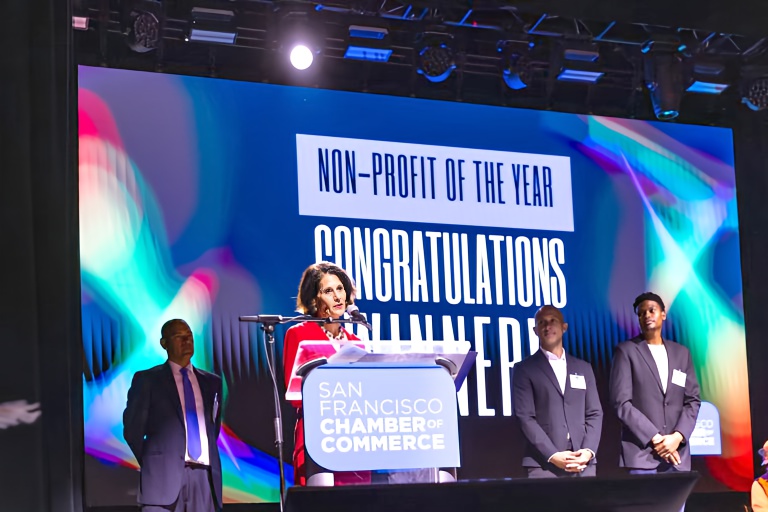
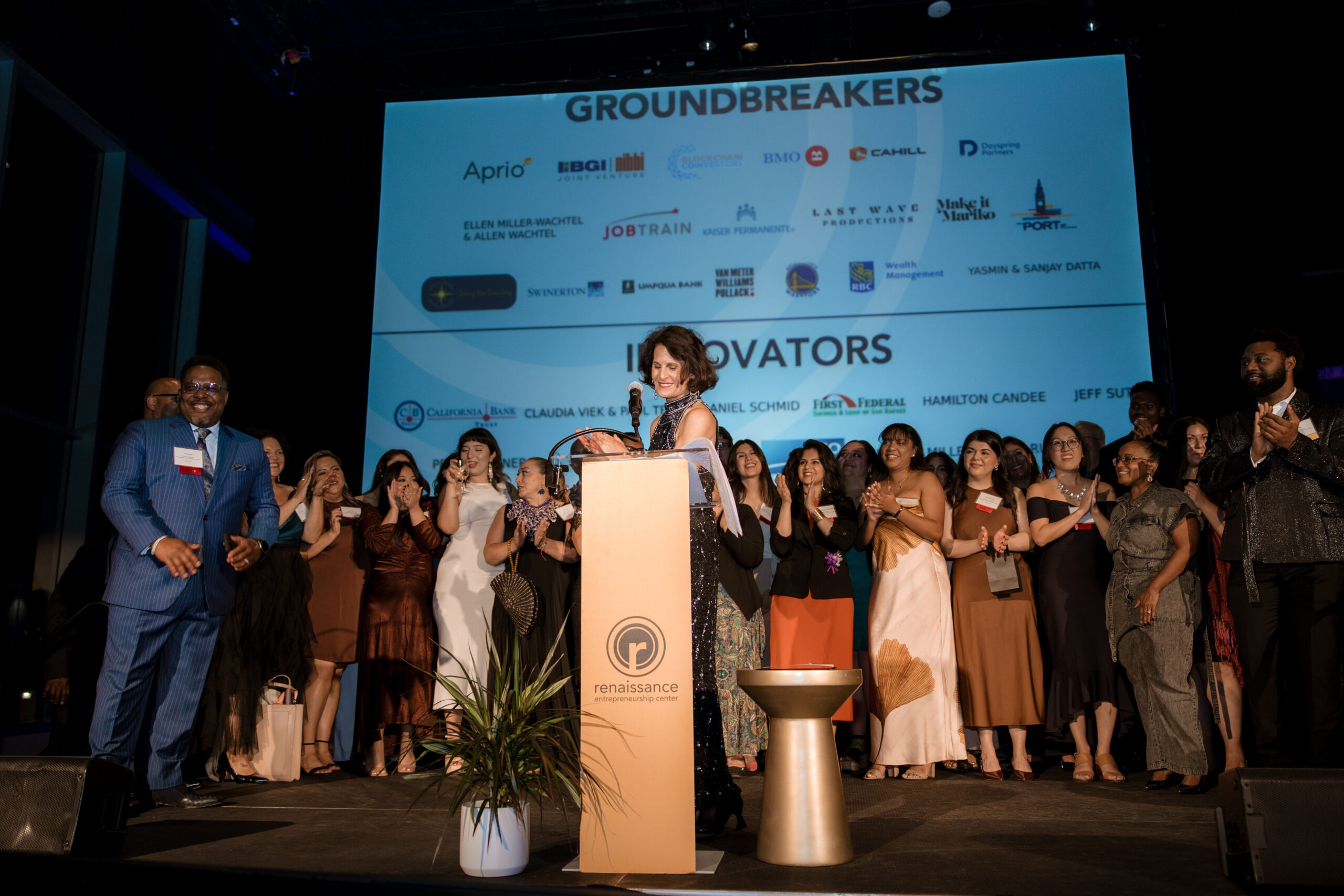

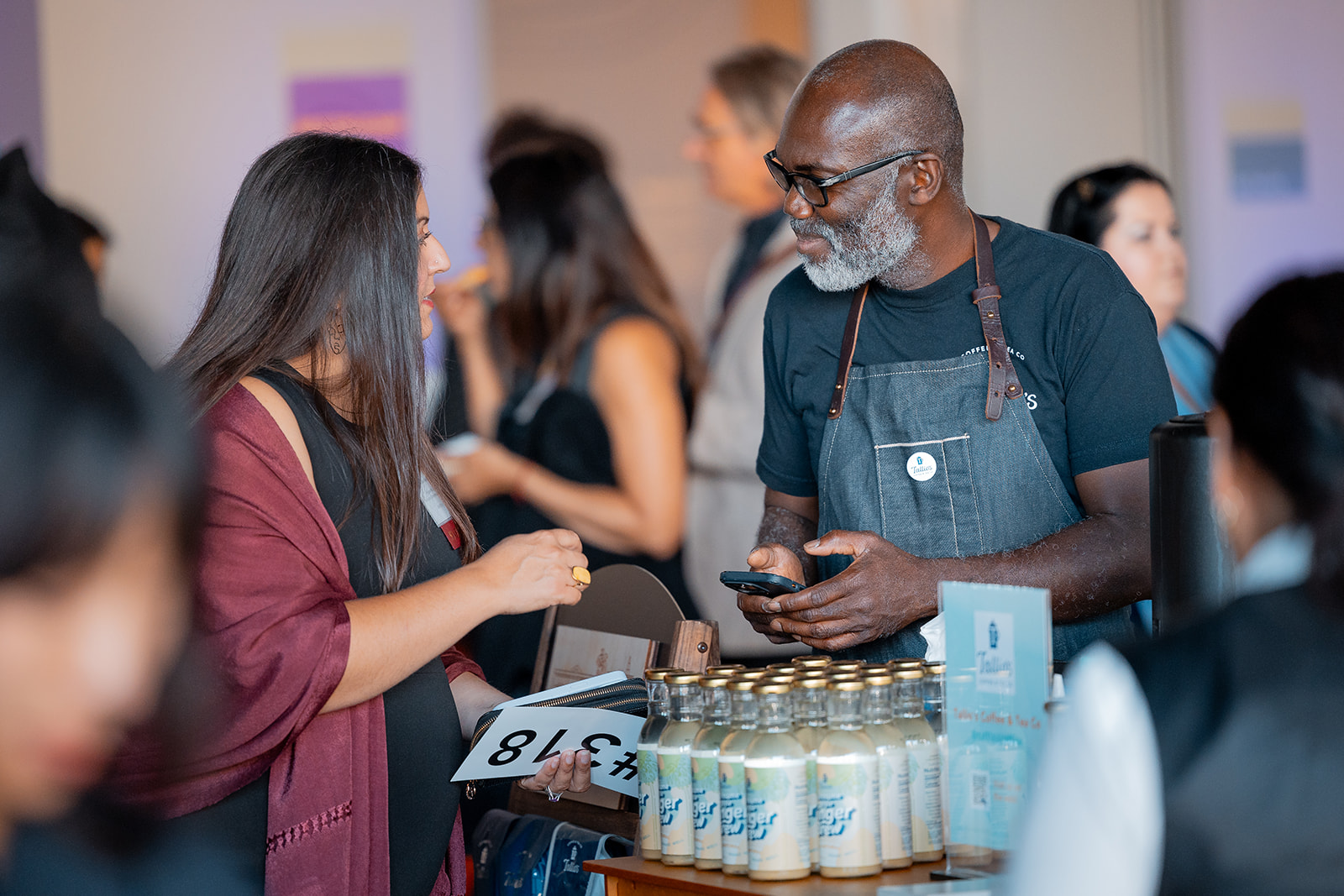
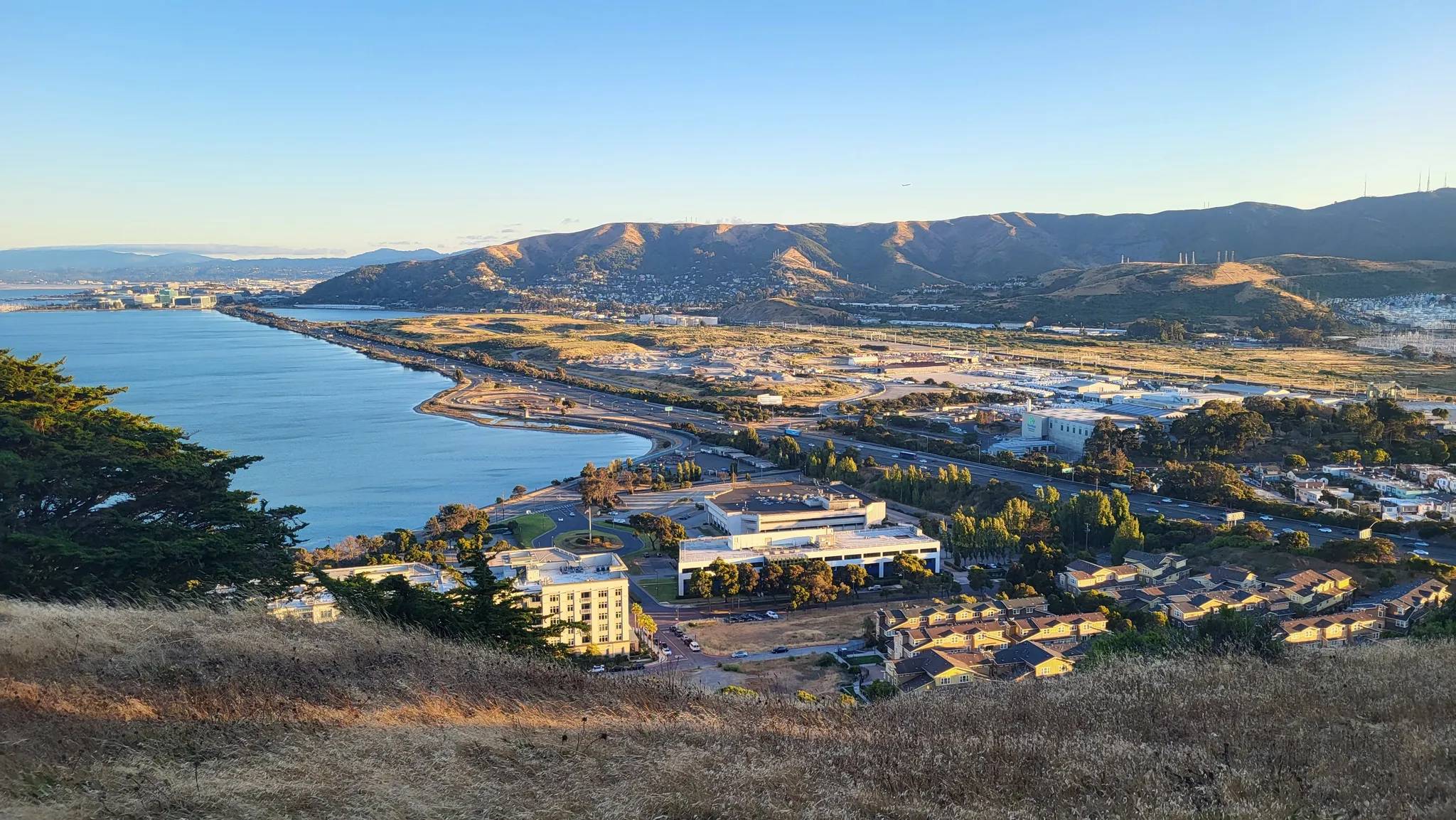



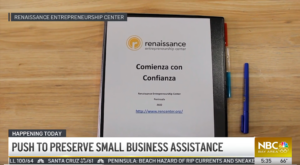 Nonprofit organizations that help small businesses, like Renaissance, are speaking out alongside small business owners as they make a plea to state lawmakers to preserve vital services.
Nonprofit organizations that help small businesses, like Renaissance, are speaking out alongside small business owners as they make a plea to state lawmakers to preserve vital services. 


